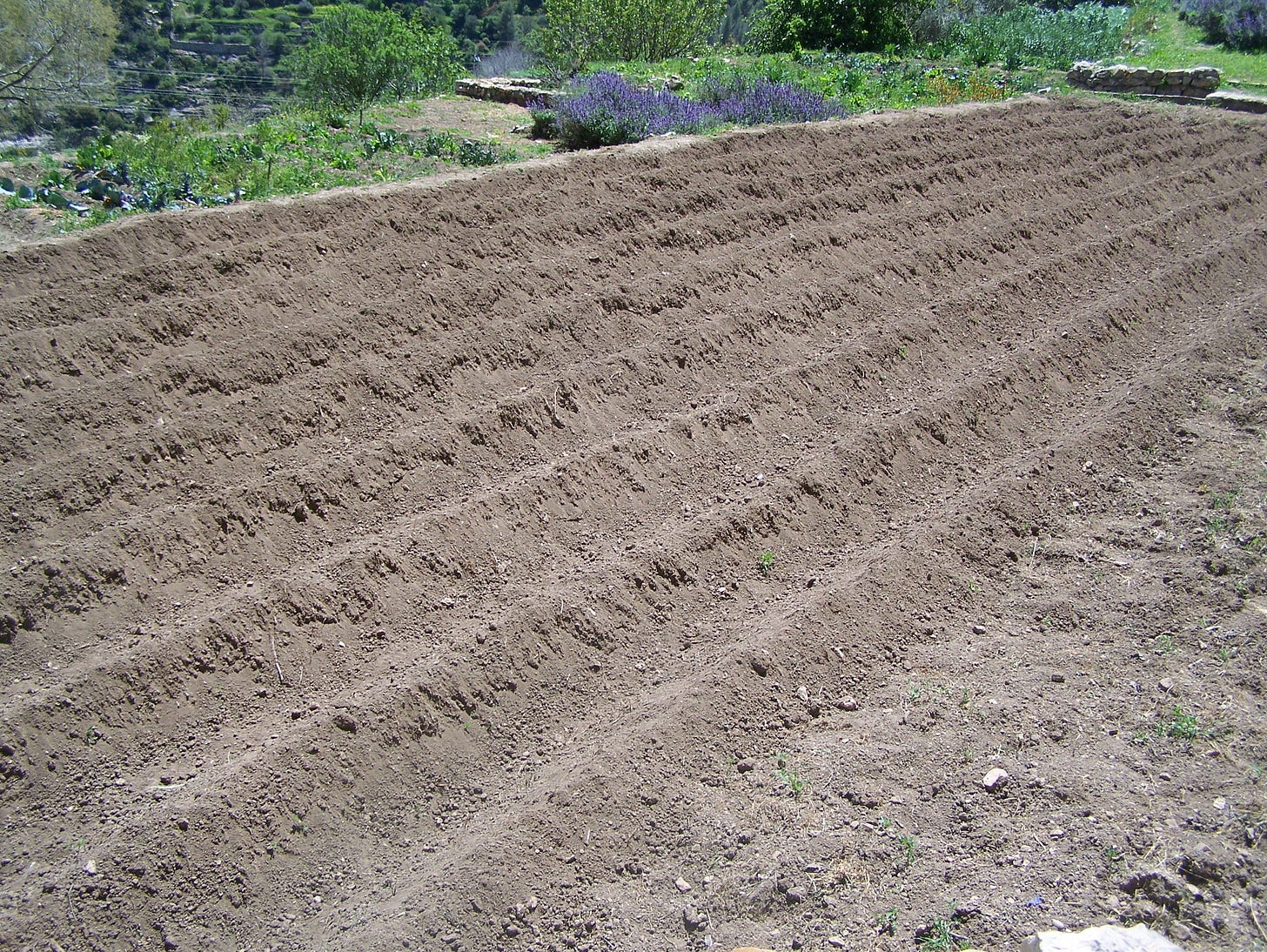U.S. Supreme Court hears oral arguments on federal authority over navigable waters
Curiously, justices’ questions suggest a ruling that could open another can of worms entirely

How a bureaucrat determines navigability
The EPA contends that the Sacketts’ proposed house requires a Clean Water Act permit because Priest Lake is a navigable water, and a non-navigable creek connects to Priest Lake, and that non-navigable creek is connected to a non-navigable, man-made ditch, and that non-navigable, man-made ditch is connected to wetlands, and those wetlands are separated from the Sacketts’ completely dry lot — no surface or subsurface waters flows from the Sacketts’ lot to the wetlands or to the ditch across the street—by a thirty-foot-wide paved road. Nonetheless, the EPA states, those latter wetlands as “similarly situated” to “dry wetlands” alleged to exist on the Sacketts’ lot, and, taken together, those alleged dry wetlands on the Sacketts’ property, aggregated with the wetlands across the street, bear a “significant nexus” to Priest Lake.*
Praise the Good Government for protecting our navigable waters!
In its first case in the new term, the U.S Supreme Court heard oral arguments earlier this month in Sackett v. Environmental Protection Agency (EPA), a blockbuster case that could help reshape the powers of the administrative state in general and determine specifically the extent of the federal government’s jurisdiction over water.
It’s been a 15-year battle—I wrote about this case back in January—and it’s the second time Chantell and Mike Sackett have gone before the SCOTUS. The dispute centers around the Sacketts’ right to build a home on their property near Priest Lake, Idaho, and, at first blush, the case should be a no-brainer. According to the Pacific Legal Foundation (PLF), which represents the Sacketts, the couple purchased their property in 2004 for $23,000 in a subdivision where they planned to build a modest three-bedroom family home. But then the federal government showed up, PLF states:
They obtained the necessary local permits, and in 2007, they began construction, only to have EPA officials swiftly and suddenly demand they stop. The agency alleged the property was a protected wetland under federal jurisdiction and threatened the Sacketts with fines of tens of thousands of dollars per day if they continued to develop the property.
Among other things, the EPA claimed the Sacketts’ construction violated the Clean Water Act (CWA) because their property was a federally regulated “navigable water” over which the agency had legal authority. Never mind there is no water anywhere on the property—details, details. Given that “detail,” the Sacketts disagreed—they say the EPA provided them with no proof of any violation and no opportunity to contest its claims—and sued the agency, asserting that the agency had no authority over their property.
For its part, the EPA argued that the Sacketts had no right to sue the agency. You can’t sue the government, peasant! The case scaled the judicial system, from low courts to high; and, in 2012, in what must have been a shocker within the EPA’s bureaucratic back channels, the Supreme Court ruled unanimously that the Sacketts could in fact sue the EPA. It was only a procedural vote, though, the Sacketts had to actually go ahead and sue.
And so they did, but the case has moldered in the lower courts. Now it has finally returned to the Supreme Court, this time on the merits, with the Sacketts asking the court to clarify the scope of the EPA’s regulatory powers under the CWA. The PLF states simply:
At stake is whether the EPA can expand the definition of ‘navigable waters’—which limits their authority—to include any semi-soggy parcel of land in the country.
If it can, then not only will the Sacketts not be able to build, but farmers might not be able to plow a completely dry farm field, if that field is somehow “adjacent” to a traditionally navigable waterbody, which may be somewhere in a land far, far away.
What’s also at stake is administrative restraint. The EPA cannot claim more power than Congress gave it, PLF argues, and the EPA has brazenly sought to expand what counts as ‘navigable waters’ ever since the Clean Water Act was enacted.
No water. Period …
Keep reading with a 7-day free trial
Subscribe to Richard Moore In-Depth to keep reading this post and get 7 days of free access to the full post archives.



